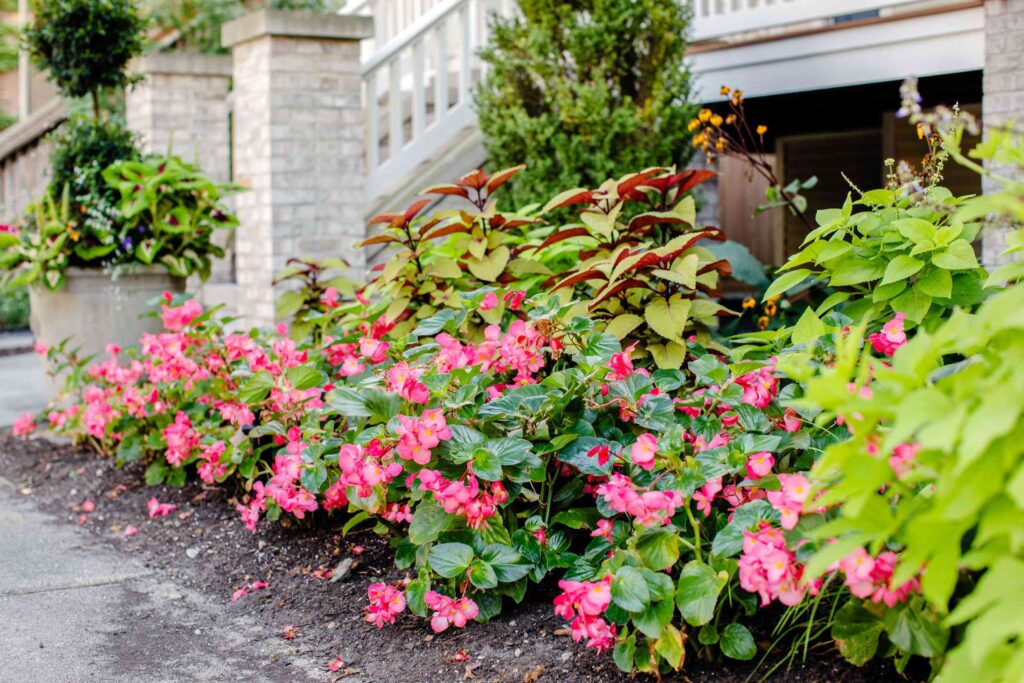North Carolina’s climate varies from the mountains to the coast, but in general, it has a temperate climate with distinct seasons. When choosing shrubs for springtime in North Carolina, it’s essential to consider factors such as the specific region within the state, soil type, and sunlight conditions. Here are some shrubs that tend to do well in North Carolina during the spring:
- Azaleas (Rhododendron spp.): Azaleas are popular for their vibrant, showy flowers in various colors. They thrive in acidic soils and partial shade, making them well-suited for many areas in North Carolina.
- Dogwood (Cornus florida): The flowering dogwood is the state flower of North Carolina and produces beautiful blossoms in spring. It prefers well-drained soil and partial shade.
- Forsythia (Forsythia spp.): Forsythia is known for its bright yellow flowers that appear early in spring. It’s a hardy shrub that can tolerate different soil types.
- Lilac (Syringa spp.): Lilacs are fragrant shrubs that produce clusters of flowers in various shades of purple, pink, and white. They prefer well-drained soil and full sun.
- Viburnum (Viburnum spp.): Viburnums come in various species, and many offer beautiful clusters of flowers in spring. They are versatile and can adapt to different soil and light conditions.
- Weigela (Weigela florida): Weigela produces tubular flowers in various colors, including pink and red. It’s a sun-loving shrub that adds a splash of color to the garden.
- Spirea (Spiraea spp.): Spirea comes in several varieties, each with its unique characteristics. They are generally easy to grow and produce clusters of flowers in spring.
- Camellia (Camellia spp.): Camellias are evergreen shrubs that bloom in late winter to early spring. They prefer partial shade and acidic soil.
- Hydrangea (Hydrangea spp.): Certain hydrangea varieties, such as the bigleaf hydrangea (Hydrangea macrophylla), bloom in spring and are well-suited for North Carolina’s climate.
- Crape Myrtle (Lagerstroemia spp.): While crape myrtles are known for their summer blooms, some varieties, like the early-blooming ones, can start flowering in late spring. They thrive in full sun.
When selecting shrubs, consider factors like soil pH, sunlight, and water requirements. It’s also a good idea to choose a mix of plants to ensure a more extended period of blooming and a diverse landscape. Before planting, always check the specific needs of each shrub and consider the local climate variations in your specific area of North Carolina.

